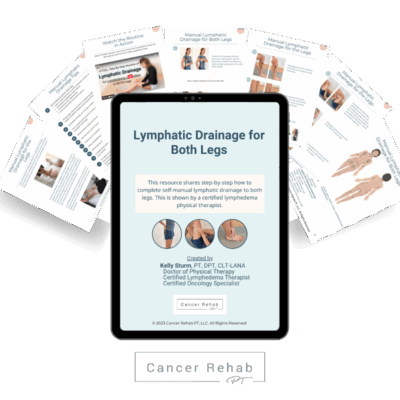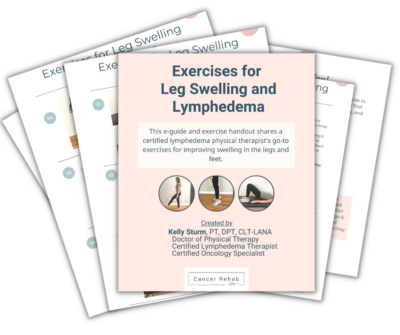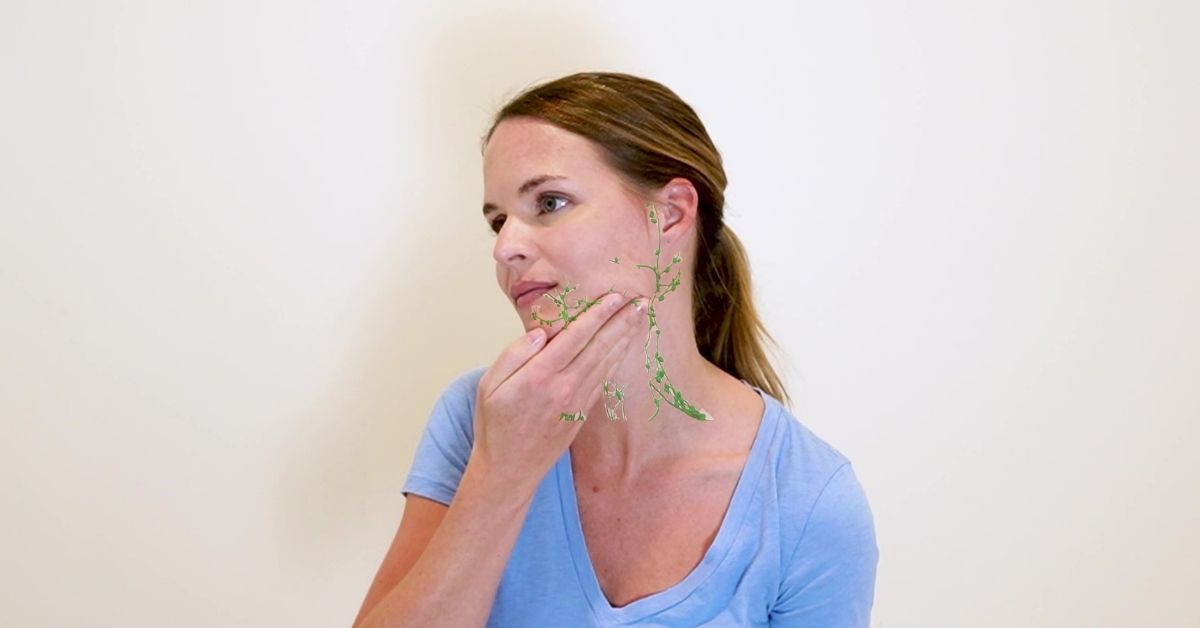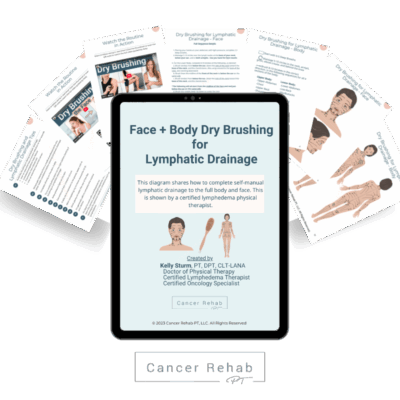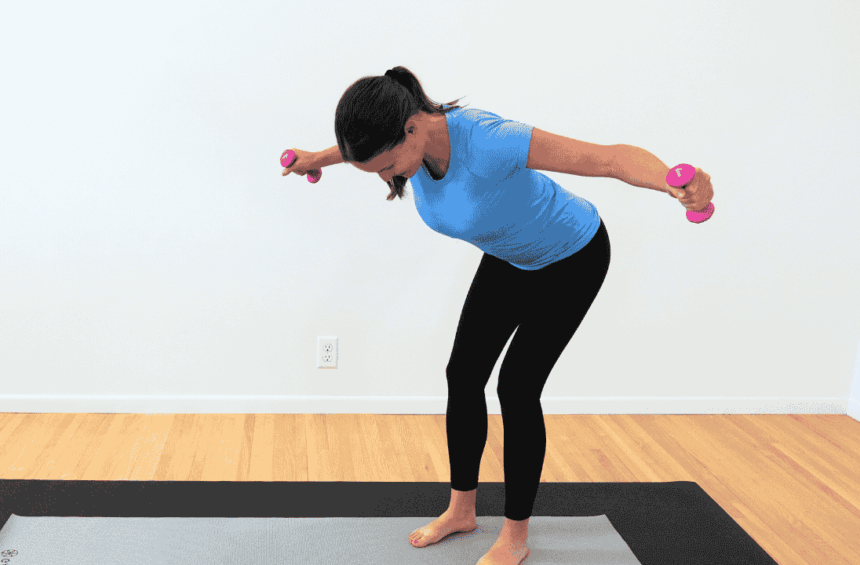If you’ve been noticing puffiness or swelling on your face, you may be wondering if something’s off with your lymphatic system. You might be right. There are a few different reasons why lymphatic fluid can build up in your face, causing that puffy, swollen feeling.
As a certified lymphedema therapist and lymphatic specialist, I’m going to walk you through what poor lymphatic drainage means and how to recognize the signs. I’ll also share a helpful lymphatic massage routine!
What Is Poor Lymphatic Drainage?
Your lymphatic system helps your body flush out waste. It’s a network of vessels that runs throughout your body, collecting extra fluid and toxins and filtering them out.
In your face, you have lymph nodes behind your ears and down your neck, around your collarbones. These nodes act like little filtering stations.
When everything’s working well, lymphatic fluid flows through these vessels and nodes smoothly, keeping your face from getting puffy or swollen.
But sometimes this system slows down or gets backed up. When that happens, lymph fluid starts to pool in your face, and that’s when you start seeing puffiness, especially around your eyes, cheeks, or jawline.
Postpartum swelling is a common example of this.
What Are the Symptoms of Poor Lymphatic Drainage in the Face?
When lymphatic fluid isn’t draining properly from your face, you’ll usually notice some clear signs, such as:
- Puffiness around your eyes: This is especially noticeable in the morning when you first wake up. Your under-eye area might look swollen or baggy.
- Swelling in your cheeks or jawline: Your face might look fuller than usual, or you might notice that your cheekbones aren’t as defined as they normally are.
- A feeling of heaviness or tightness in your face: Your face might feel tight or uncomfortable, almost like your skin is stretched.
- Dull or tired-looking skin: When lymphatic fluid builds up, it can make your skin look less bright and more tired, even if you’re getting enough sleep.
These symptoms can come and go throughout the day. Many people notice that their face swelling is worse in the morning and improves as the day goes on, especially if you exercise (because movement helps with fluid retention).
It’s not a big deal if you wake up with a puffy face once in a while. But if you’re experiencing any of these signs consistently, your lymph system might need some support to get the fluid moving again.
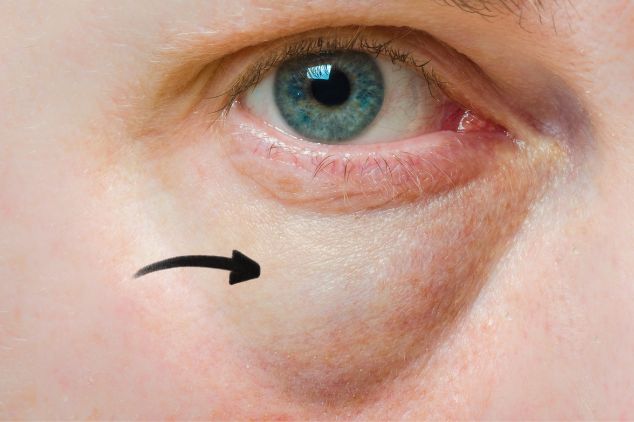
What Causes Poor Lymphatic Drainage in the Face?
There are a few different things that can slow down your facial lymphatic drainage, and sometimes it’s a combination of different factors, including:
- Lack of movement: Your lymphatic system doesn’t have a pump like your heart does, so it relies on muscle movement to push fluid along. If you’re not moving much, your lymph flow slows down.
- Dehydration: When you’re not drinking enough water, your lymphatic vessels start to hold onto fluid, which can lead to facial swelling.
- Eating too much salt or processed foods: Too much sodium can overwhelm even a healthy lymphatic system and make it harder to drain excess fluid.
- Allergies or sinus congestion: Inflammation in your sinuses can block lymphatic drainage pathways in your face.
- Sleeping position: Lying flat or sleeping on your stomach can make it harder for fluid to drain from your face overnight.
- Stress: Chronic stress affects your whole body, including how well your lymphatic system functions.
- Lack of sleep: Not getting enough rest can slow down your body’s natural drainage processes.
- Face or neck lymphedema: This is a condition where your lymphatic vessels are damaged or blocked, causing chronic swelling.
Facial lymphedema is pretty uncommon. Most people who develop lymphedema experience it in their arms or legs, not their face. But if you had cancer treatment in the head or neck area (such as surgery or radiation), your risk of secondary lymphedema goes up a lot.
Unfortunately, 75% of head and neck cancer patients develop lymphedema after treatment.
That said, even if the fluid buildup in your face is because of lymphedema, there are effective ways to manage and reduce the swelling. In the early lymphedema stages, a good treatment plan can even naturally reverse the swelling.
How Can I Improve Lymphatic Drainage in My Face?
The method I recommend most is manual lymphatic drainage massage. This is a gentle massage that encourages lymph fluid to move through your system and drain away from areas where it’s stuck.
To do manual lymphatic drainage, you’ll use light and sweeping strokes on your skin. It’s not like a deep tissue massage where you’re pushing hard into muscles. The lymphatic vessels sit right under your skin, so you only need light pressure to get the fluid moving.
You can easily do this massage at home, but you need to use proper lymphatic drainage techniques.
Lymphatic drainage massage has been getting more and more popular, with many media outlets publishing tutorials online, but I’ve seen many that don’t use proper techniques. This can be dangerous, especially if you’re using manual lymphatic drainage as a form of lymphedema self-care.
The best thing you can do is learn lymphatic drainage massage from a physical therapist or another professional who’s certified in this type of massage. Beauty tutorials can be misleading, and I don’t recommend them. Instead, here’s an evidence-based routine:
Manual Lymphatic Drainage Massage Routine for Your Face
This routine takes about 5 minutes and works really well for reducing swelling and puffiness on your face:
1. Start with deep breathing
Deep breathing helps wake up the deeper parts of your lymphatic system.
Put your hands on your belly and press down a little bit. Breathe in through your nose, then breathe out through your mouth. Do this 4 times.
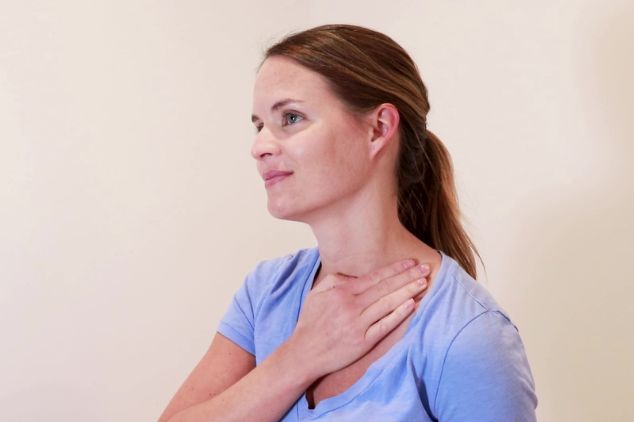
2. Open up your collarbone area
Put your hands directly on the skin around your collarbone. Do 10-15 gentle circles in either direction. All the lymph fluid in your body eventually drains through this area, so starting here helps prepare your system for effective lymphatic drainage.
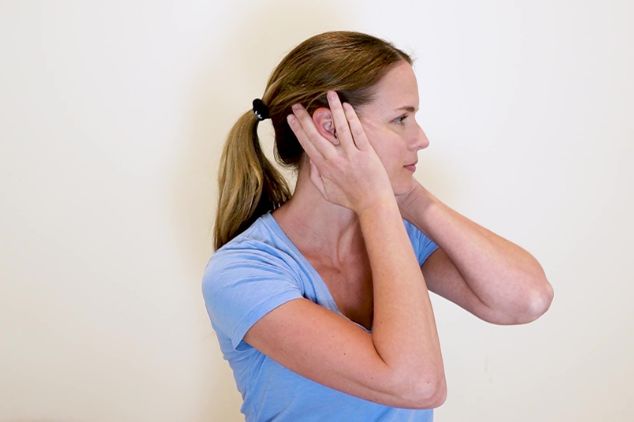
3. Massage around your ears
Split your fingers into a V shape and place them on either side of your ears, above and below. Do 10-15 circles around your ears to wake up the lymph nodes there.
Then sweep the fluid down from your ears to the base of your neck. Use light strokes and do this 5-10 times on each side.

4. Massage your face
Now you’ll work on moving fluid from the center of your face out to your ears and down your neck.
- Start with your lower face: Sweep fluid from the middle of your face along your jawline to the lymph nodes near your ears. Do the same motion below your lip, around your chin, and above your lip.
- Move up to your mid-face: Sweep fluid from your cheeks, under your eyes, and around your nose out to your ears. Keep the pressure lighter under your eyes since that skin is more delicate.
- Finish with your forehead: Sweep fluid from the center of your forehead out to your temples and down to your ears.
After each section, move the fluid down your neck toward your collarbone.
Then, sweep down your neck a few more times to help move all that congested lymph fluid you just loosened up. Massage around your collarbone area again with gentle circles.
5. Take more deep breaths
End with another round of deep belly breathing to keep your deeper lymph nodes working and support your lymphatic flow.
You can do this massage every day if you want. I personally like doing it in the morning because that’s when your face tends to have the most swelling. Some people like doing it at night. But really, any time of day works fine.
Acne Poor Lymphatic Drainage Face
When your lymphatic system isn’t draining well, it can make acne breakouts worse. The buildup of fluid and toxins in your skin can clog your pores and create an environment where bacteria thrive.
If you’re dealing with both acne and facial puffiness, clearing up your lymphatic channels will be beneficial for your skin health.
But acne has many causes, and lymphatic drainage is just one piece of the puzzle.
Gua Sha Poor Lymphatic Drainage Face
Gua sha is a technique that uses a smooth stone tool to massage your face. Essentially, it’s a type of lymphatic drainage massage.
When you use the tool with light pressure and sweep to your ears and down your neck, you’re moving lymph fluid in the right direction for lymph drainage.
But it’s important to use gentle pressure and always move the tool to your lymph nodes. I’ve seen some routines where you just move the tool around your face, and that won’t help relieve swelling.
Sinus Poor Lymphatic Drainage Face
Sinus congestion and poor lymphatic drainage often go hand in hand.
When your sinuses are inflamed, they can press on the lymphatic vessels in your face and slow down drainage. At the same time, when your lymphatic system isn’t draining well, it can make sinus congestion worse because fluid builds up around your sinuses.
If you’re dealing with both issues, manual lymphatic drainage massage can help.
FAQs
How often should you lymphatic drain your face?
You can do lymphatic drainage massage every day if you want to. Many people do it once a day, especially in the mornings when the swelling is at its worst. There are very few lymphatic massage dangers, and those are for people with medical conditions.
Just watch out for warning signs like increased redness, pain, increased swelling, or any discharge from your skin. If you notice any of these, stop and check with your doctor.
What not to do after a lymphatic drainage massage face?
There’s really nothing you need to avoid after doing this massage. You can go about your day normally.
That said, healthy habits will help keep swelling down in the long run. This means eating foods that aren’t loaded with salt, drinking plenty of water throughout the day, getting enough sleep at night, and moving your body regularly.
Does lymphatic drainage change face shape?
Lymphatic drainage reduces puffiness and swelling, which might make your face look more contoured or defined. But it’s not changing the actual shape of your face or bones. You’re just getting rid of the fluid that was sitting on top.
More Easy Support for Your Lymphatic System
Many people experience swelling or puffiness on their face because of sluggish lymph drainage. With many of us not getting enough rest, spending too much time sitting still, or eating foods that make us retain water, it’s no surprise that our lymphatic systems need a little extra help sometimes.
As a certified lymphedema therapist and lymphatic specialist, I’ve put together easy-to-follow guides with lymphatic drainage techniques you can do at home:





